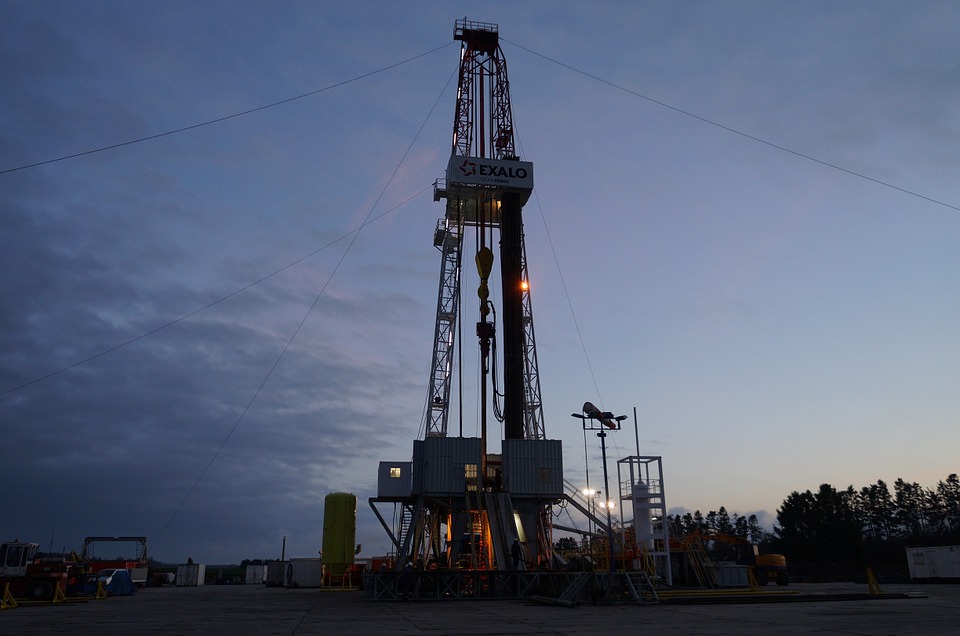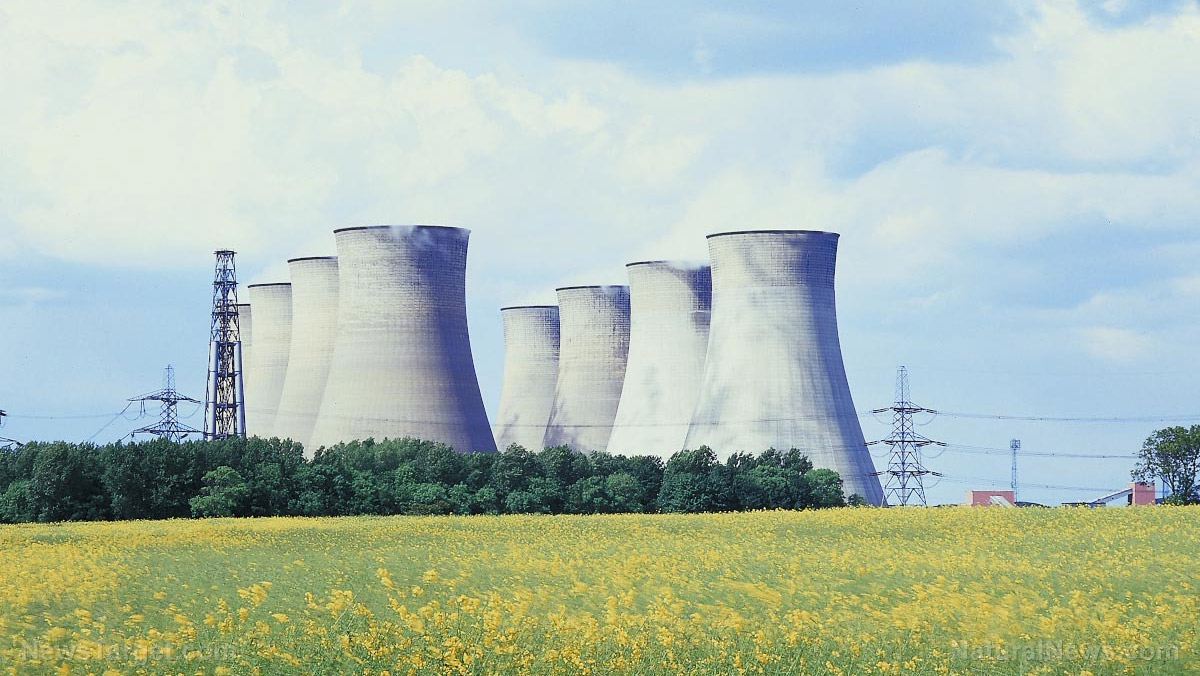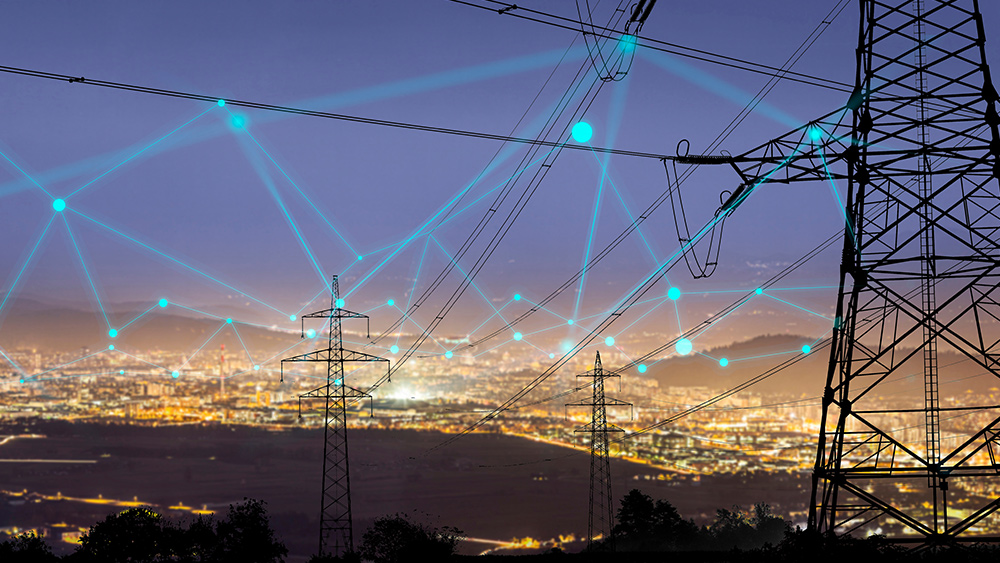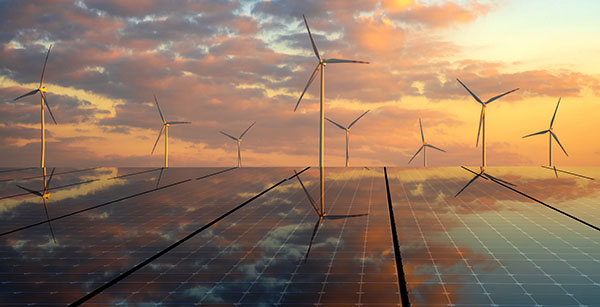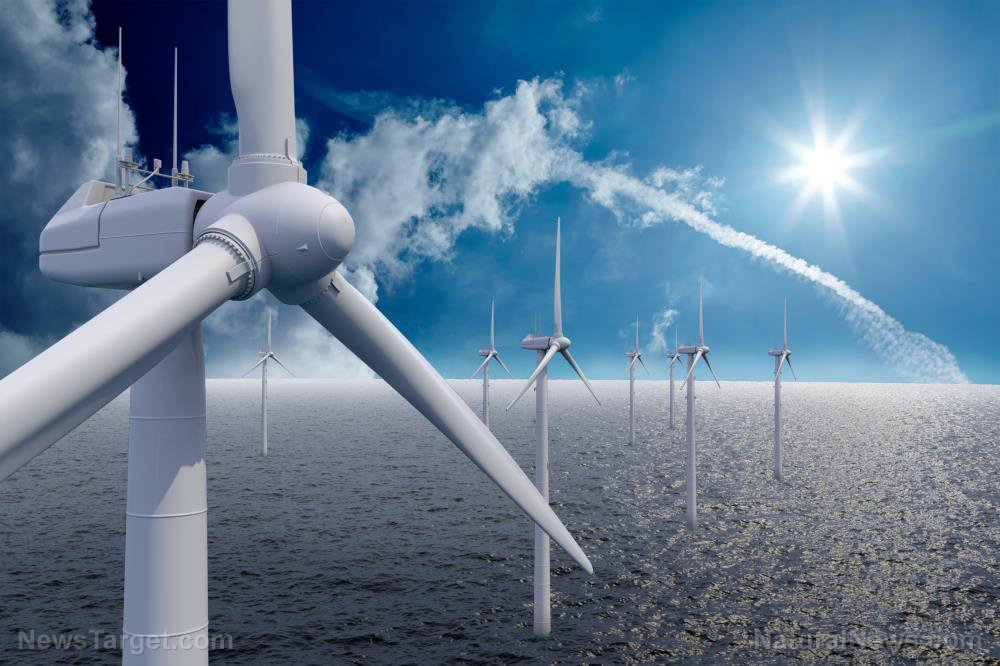The Great Reset: Biden administration implements new costs for oil and gas drilling on public lands
04/17/2024 / By News Editors

Biden Administration Implements New Costs for Oil and Gas Drilling on Public Lands
(Article republished from YourNews.com)
A new rule from the Biden administration increases the costs for oil and gas drilling on federal lands, reflecting a significant shift in the management of natural resources.
The Biden administration announced a final rule on Friday that significantly increases the costs associated with oil and gas drilling on federally-controlled lands. The Bureau of Land Management (BLM) released its Fluid Mineral Leases and Leasing Process rule, which raises the fees drillers must pay to use federal lands, increases the government’s share of profits from oil and gas extraction, and imposes higher costs for companies to abandon wells.
While the administration and various environmental groups have praised the rule as a long-overdue update to outdated federal guidelines, industry representatives have criticized it as overly burdensome. Kathleen Sgamma, president of the Western Energy Alliance, expressed concerns that the new bonding requirements, which have increased twentyfold, are disproportionate to the issue of orphan wells, which represent a very small fraction of wells on federal lands.
Sgamma highlighted that out of over 90,000 wells, only 37 are orphan wells, making the problem extremely minor in scale. She argued that this rule is part of the Biden Administration’s broader agenda to eliminate federal oil and natural gas drilling, a promise made by President Biden. As a result, her organization feels compelled to challenge the regulation in court.
The rule aligns with key provisions of the Inflation Reduction Act, President Biden’s flagship climate legislation. It includes a substantial increase in the minimum bids for oil and gas leases and rental rates, as well as a higher percentage of government take from oil and gas production.
In fiscal year 2022, federally-controlled lands accounted for approximately 11% of all U.S. oil production and 9% of all natural gas production, according to BLM data. Additionally, the BLM introduced another rule that reduces the costs of developing renewable energy on public lands.
The financial impact of these regulatory changes on the fossil fuel industry could total $1.5 billion, with the possibility of further rate increases after 2031, The New York Times reports. This is part of a broader strategy by the Biden administration, which has also proposed the most limited offshore oil and gas leasing schedule in modern history, according to the Daily Caller.
Environmental advocacy groups like Accountable.US have lauded the new rule. Chris Marshall, a spokesperson for the organization, stated, “[This rule] is an important step toward fixing a wildly irresponsible system that has given so much to massive corporations at the expense of everyone who enjoys the great outdoors,” as noted in their statement.
The BLM has not yet commented on the responses to the new rule.
RELATED:
Biden Administration Poised to Limit Oil Drilling in Alaska’s National Petroleum Reserve
President Joe Biden is expected to significantly restrict new oil drilling on nearly half of the 23 million-acre National Petroleum Reserve-Alaska, a move not affecting the approved Willow Project but potentially impacting future infrastructure development.
President Joe Biden is reportedly close to imposing new restrictions on oil drilling activities across millions of acres in Alaska’s National Petroleum Reserve (NPR-A), as reported by Bloomberg. The administration’s plan, which is expected to be finalized soon, will not jeopardize the previously approved ConocoPhillips’ Willow Project, but it raises concerns among energy companies about the feasibility of developing additional infrastructure necessary to utilize the region’s oil reserves.
According to details provided by Bloomberg, the new policy would prohibit new leases on nearly 11 million acres of the total 23 million acres in the NPR-A, an area on Alaska’s North Slope. The Department of the Interior (DOI), which oversees the Bureau of Land Management (BLM), has indicated that the impending plan will not affect existing leases. However, initial drafts lack specific provisions confirming this, leaving room for broader federal control over access to these leases.
The DOI has asserted that the proposed restrictions will not significantly impact America’s energy supply, despite the region holding an estimated 8.7 billion barrels of recoverable oil. This initiative marks the Biden administration’s second major action within the last year to limit oil and gas activities in Alaska, following a decision in September 2023 to retroactively cancel seven oil and gas lease sales in the Arctic National Wildlife Refuge, as detailed by the DOI.
The National Petroleum Reserve-Alaska, initially designated in 1923 by President Warren Harding as an emergency oil reserve for the U.S. Navy, is managed by the BLM (BLM NPR-A). Over the course of his administration, Biden has implemented over 50 executive actions targeting various aspects of Alaska’s environmental and energy policies, according to statements from the office of Republican Alaska Senator Lisa Murkowski (Murkowski’s Office).
Joe Biden: “There is no more drilling.” pic.twitter.com/Cf5j4hcvZ2
— Daily Caller (@DailyCaller) November 7, 2022
At the time of reporting, both the White House and the BLM had not yet responded to inquiries for comments on the forthcoming policy changes.
Read more at: YourNews.com
Submit a correction >>
Tagged Under:
alaska, big government, Bureau of Land Management, climate, conspiracy, energy supply, finance riot, fuel supply, great reset, Green New Deal, green tyranny, Inflation Reduction Act, insanity, Joe Biden, money supply, natural gas, oil drilling, oil reserves, politics, power, White House, Xpost
This article may contain statements that reflect the opinion of the author
RECENT NEWS & ARTICLES
COPYRIGHT © 2022 EnergySupply.news
All content posted on this site is protected under Free Speech. EnergySupply.news is not responsible for content written by contributing authors. The information on this site is provided for educational and entertainment purposes only. It is not intended as a substitute for professional advice of any kind. EnergySupply.news assumes no responsibility for the use or misuse of this material. All trademarks, registered trademarks and service marks mentioned on this site are the property of their respective owners.





